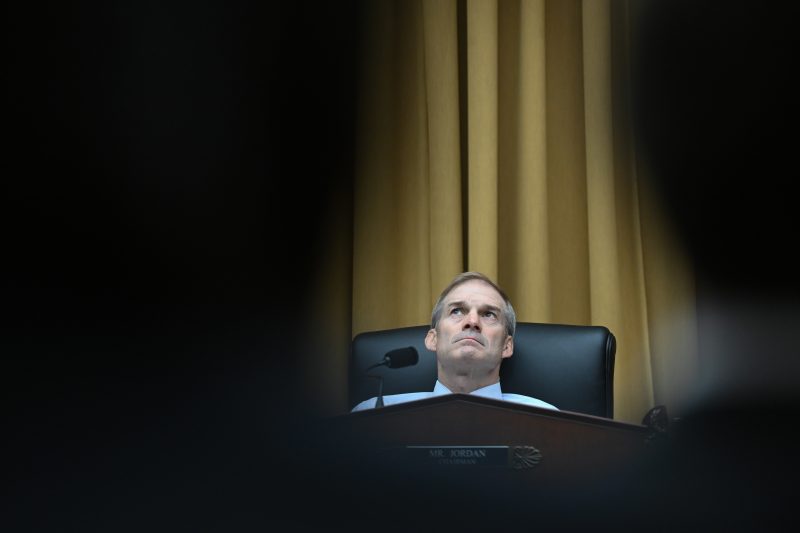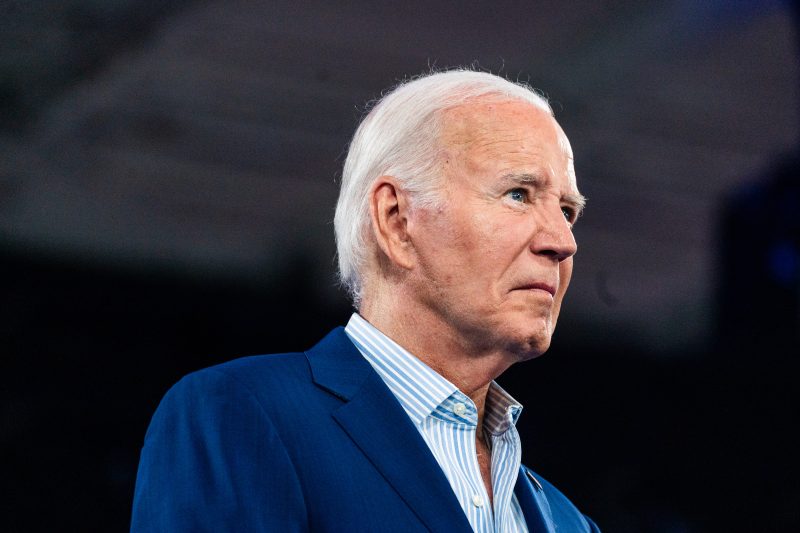An ideologically extreme caucus mulls electing a more-extreme leader

No one knows exactly what will happen next in the House.
There is no elected speaker, with the most recent holder of that title unwillingly reverting to the banal descriptor shared by hundreds of his peers: Rep. Kevin McCarthy (R-Calif.). There’s an acting speaker who fulfills the unwritten rule that all Republican leaders have surnames that begin with “Mc,” but Rep. Patrick T. McHenry (R-N.C.) isn’t seeking election to that role. Instead, the leading contenders are House Majority Leader Steve Scalise (R-La.) and Rep. Jim Jordan (R-Ohio).
These machinations are interesting in both the historic sense and the obvious sense that they will shape how the chamber runs and what it does. But they are also interesting because the Republican caucus, already more ideologically extreme than any modern caucus, will probably select a leader who is yet more extreme. A caucus riven by pressure applied by the right-wing fringe will hand more power to someone closer to that fringe than McCarthy — or perhaps someone who lives in that fringe.
There is an (admittedly imperfect) measure of congressional ideology called DW-NOMINATE. It compares votes taken by legislators over time to place them along an ideological spectrum ranging from more liberal (a score of minus-1) to more conservative (plus-1). Compiled by Voteview, it allows us to see how party caucuses and speakers have evolved ideologically over the past 50 years.
Notice first that the caucuses no longer overlap. There used to be some members of the Republican caucus who sat to the left of some members of the Democratic one and vice versa, indicated by the overlap of the range of ideology scores shown in light blue (Democrats) and red (Republicans). That hasn’t happened since the 108th Congress, which began in 2003.
Notice as well that speakers have consistently been further from the ideological middle than the average of their caucuses over that time. The exceptions? Newt Gingrich (R-Ga.) in the 104th and 105th Congresses and Kevin McCarthy in the current 118th Congress.
Notice, too, how the solid red dots measuring the average ideology of the Republican caucus have slipped to the right, passing the +0.5 line in the 116th Congress. The most recent Democratic speaker, Nancy Pelosi (D-Calif.), has a score just under -0.5, meaning that while she sat to the left of her caucus, she was closer to the center than the average Republican member of the last three congresses by this measure.
Scalise and Jordan sit at the bottom of the chart above, each sitting further to the right of their caucus and, in fact, to any prior speaker since 1973. Jordan, though, sits much further away than does Scalise.
The two leading candidates for the job stand out when we compare how far House speakers have been from the ideological center over the past 50 years. Either would be the most ideologically extreme speaker over the past half-century by DW-NOMINATE score.
Interestingly, Pelosi stands out as more ideologically extreme than her caucus in large part because the Democratic caucus continues to be more moderate than the Republican one. Pelosi was closer to the center than former speakers John A. Boehner (R-Ohio) or Paul D. Ryan (R-Wis.), but further from the average member of her caucus because her caucus wasn’t as far from the center as the Republicans.
Even given that, Jordan in particular would be an unusually extreme speaker. Pelosi was more liberal than 85 percent of her caucus during her four terms as speaker and more liberal than 93 percent of the House overall. Jordan would be more conservative than 92 percent of the Republican caucus and 96 percent of the House, the largest gap in the past half-century.
Again, this is an imperfect way to estimate where legislators sit; any metric attempting to encapsulate personal politics with a neat, compact number necessarily will be. But any objective assessment of where legislators sit would conclude that Jordan is further to the right than most of his peers.
It seems at this point more likely that Scalise will win the speakership than Jordan. The current majority leader has less baggage than McCarthy did and holds more appeal for further-right legislators in the caucus. This is a good distillation of Republican politics at the moment: The consensus candidate who might be acceptable to both the very hard right and the rest of the caucus would still be the most ideologically extreme speaker in at least 50 years.




